1. New York City, New York

Tiny homes are technically legal in New York State, but in NYC, they’re practically impossible to build or live in. Zoning laws don’t accommodate homes under 400 square feet unless they’re part of a larger development. Parking a tiny home on wheels? Forget it—space is at a premium.
Even if you own land, building codes and density restrictions make tiny living a bureaucratic maze. The city’s infrastructure favors vertical development, not minimalist sprawl. The dream is legal—but not feasible. And yes, your tiny home might cost more than a studio apartment.
2. Honolulu, Hawaii

Hawaii allows tiny homes in theory, but Honolulu’s zoning laws and land scarcity make them nearly impossible to place. Minimum lot sizes and building codes favor traditional homes. Tiny homes on wheels are treated like RVs and banned from residential zones. Paradise comes with paperwork.
The cost of land alone makes tiny living financially unrealistic. Add in hurricane codes and water access requirements, and the barriers multiply. The vibe is island chill—but the regulations aren’t. And yes, your composting toilet needs a permit.
3. San Francisco, California

California is tiny-home friendly overall, but San Francisco is a different beast. The city’s density, land prices, and strict zoning make it hostile to standalone tiny homes. ADUs are allowed—but they must be attached or built on foundations. Mobility isn’t welcome.
Even if you find a legal spot, neighbors and HOAs may push back. The city prioritizes affordable housing—but not in 300-square-foot packages. The law says yes, the culture says no. And yes, your wheels will be cited.
4. Fairfield County, Connecticut
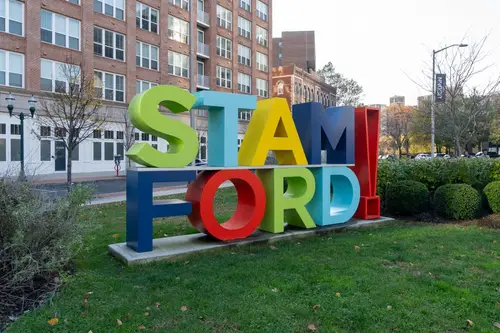
Connecticut permits tiny homes as temporary dwellings—but Fairfield County isn’t buying it. Local ordinances limit occupancy to 180 days per year, and permanent residency is off the table. Zoning boards favor large-lot suburban homes. Tiny equals taboo.
Even mobile tiny homes face resistance from neighbors and planning commissions. The county’s affluence clashes with minimalist living. The law allows it—but the lifestyle doesn’t. And yes, your tiny porch might violate setback rules.
5. Bergen County, New Jersey

New Jersey technically allows tiny homes, but Bergen County’s zoning laws make them nearly impossible to place. Minimum square footage requirements and foundation mandates block most builds. Mobile units are treated as RVs and banned from residential zones. The loopholes are few.
Even if you meet building codes, local resistance is strong. Tiny homes are seen as threats to property values and neighborhood aesthetics. The law is vague—but the opposition is loud. And yes, your siding might be “noncompliant.”
6. Anchorage, Alaska
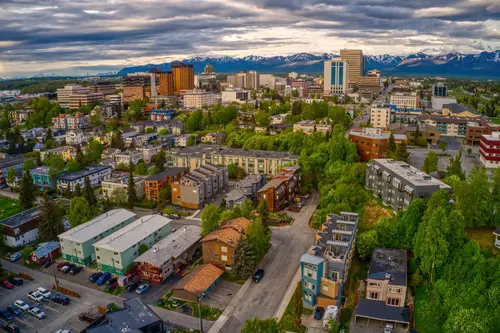
Alaska permits tiny homes, but Anchorage’s zoning and infrastructure make them a logistical nightmare. Cold weather demands high insulation standards and plumbing adaptations. Many areas require permanent foundations and prohibit mobile units. The wilderness isn’t tiny-friendly.
Even rural plots face building code hurdles. Snow load requirements and emergency access rules complicate construction. The law says maybe—but the climate says no. And yes, your roof needs to survive a blizzard.
7. Charleston County, South Carolina

South Carolina allows tiny homes, but Charleston County’s historic preservation rules and zoning codes make them tough to place. Minimum lot sizes and aesthetic standards favor traditional Southern architecture. Tiny homes clash with the colonial vibe. Charm has a footprint.
Even mobile units face resistance from HOAs and neighborhood boards. The county values heritage over innovation. The law permits—but the culture resists. And yes, your metal roof might be “visually disruptive.”
8. Westchester County, New York
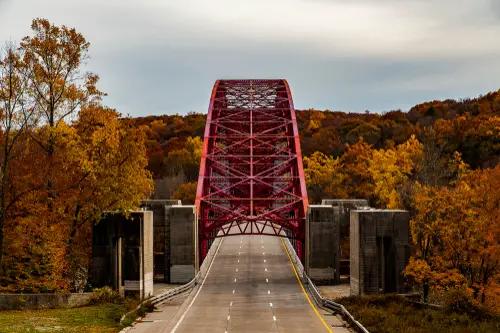
Westchester County permits tiny homes in theory, but local zoning boards rarely approve them. Minimum dwelling sizes and septic requirements create barriers. Mobile units are treated as temporary and often denied permits. The suburbs aren’t shrinking.
Even foundation-based builds face scrutiny from neighbors and planning commissions. The county’s affluence and density make tiny homes feel out of place. The law is ambiguous—but the resistance is clear. And yes, your compost bin might violate code.
9. Orange County, Florida
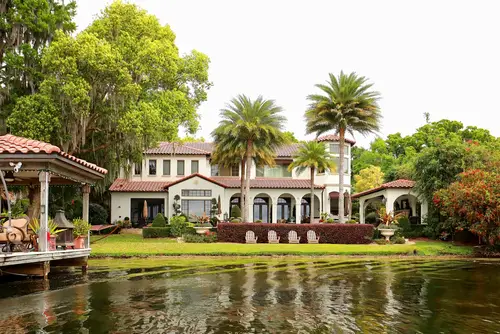
Florida is generally tiny-home friendly, but Orange County’s zoning laws complicate things. Minimum square footage requirements and land-use restrictions block most builds. Mobile units are treated as RVs and banned from residential zones. Sunshine doesn’t equal simplicity.
Even foundation-based homes face neighborhood pushback. The county prioritizes suburban sprawl over compact living. The law allows—but the logistics don’t. And yes, your wheels might trigger a code violation.
10. Cook County, Illinois
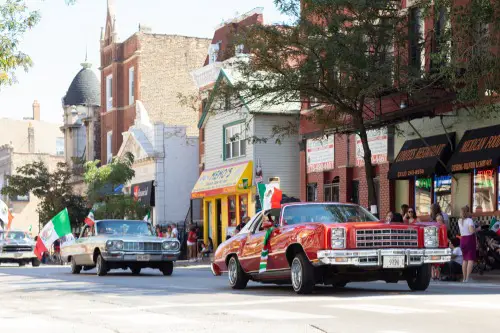
Illinois permits tiny homes, but Cook County’s urban density and zoning codes make them rare. Chicago’s building regulations favor multi-unit developments and ADUs—not standalone tiny homes. Parking a mobile unit is nearly impossible. The Windy City isn’t breezy for tiny living.
Even suburban areas impose minimum lot sizes and occupancy rules. The county’s infrastructure isn’t built for small-scale housing. The law is flexible—but the execution isn’t. And yes, your loft might violate ceiling height codes.
11. King County, Washington
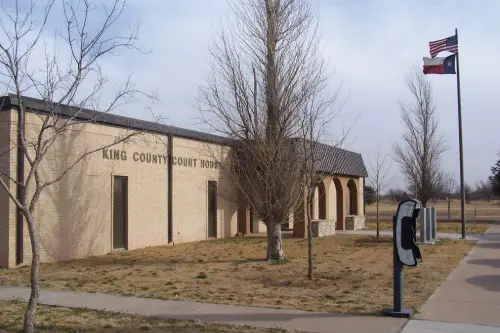
Washington is tiny-home friendly, but King County’s zoning laws are strict. Mobile units must be parked in RV parks or campgrounds—not residential lots. Foundation-based homes face minimum size requirements. Seattle’s density doesn’t help.
Even rural areas impose septic and utility standards that complicate builds. The county supports sustainability—but not mobility. The law is progressive—but the practice isn’t. And yes, your wheels might need a license plate.
12. Multnomah County, Oregon

Oregon embraces tiny homes, but Multnomah County’s zoning codes limit placement. Portland allows ADUs—but standalone tiny homes face hurdles. Mobile units are treated as RVs and restricted to specific zones. The vibe is green—but the grid is rigid.
Even foundation-based homes must meet strict building codes. The county supports innovation—but not improvisation. The law is friendly—but the paperwork isn’t. And yes, your ladder-access loft might be noncompliant.
13. Maricopa County, Arizona

Arizona permits tiny homes, but Maricopa County’s zoning laws favor traditional development. Mobile units are restricted to RV parks, and foundation-based homes must meet minimum size requirements. The desert isn’t always minimalist. The sun shines on red tape.
Even rural plots face water access and septic challenges. The county’s growth model clashes with tiny living. The law allows—but the land doesn’t. And yes, your solar panels might need a variance.
14. Los Angeles County, California

California leads in tiny-home legislation, but LA County’s sprawl and zoning codes complicate things. ADUs are allowed—but standalone tiny homes face barriers. Mobile units are treated as temporary and often denied permits. The dream is legal—but elusive.
Even foundation-based builds must navigate neighborhood resistance and aesthetic standards. The county supports density—but not downsizing. The law is progressive—but the execution is patchy. And yes, your wheels might trigger a citation.
This post 14 Places Where Tiny Homes Aren’t Welcome—Even If They’re Legal was first published on American Charm.


